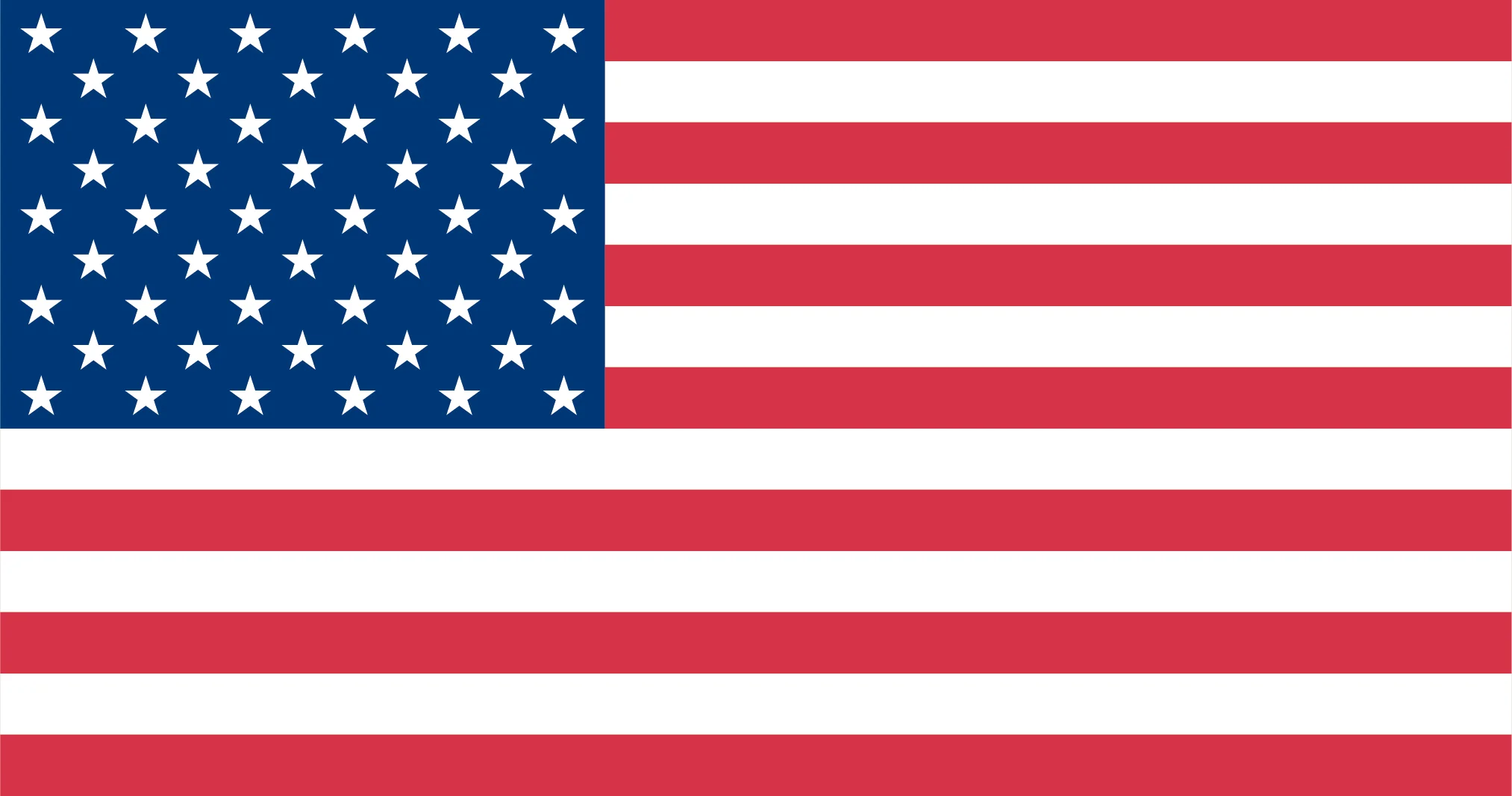By: Dipo Djungdjungan Suma
In November, head of states of Association of South East Asian Nations (ASEAN) will gather in Phnom Penh for the 21st ASEAN Summit. There, they are expected to adopt the ASEAN Human Rights Declaration (AHRD), which will represent a major milestone in the struggle for human rights in Southeast Asia, including for the human rights of persons with disabilities. Since the beginning of the drafting process, disabled people’s organizations have been involved in the consultation process with the drafting committee, the ASEAN Intergovernmental Committee on Human Rights (AICHR). They have lobbied, discussed and given inputs and suggestions to the committee on how to include the rights of persons with disabilities in the declarations. It is expected that the declaration will include several provisions on disabilities.
In the anticipation for the upcoming declaration, it is important for us to understand how other (and older) regional human rights declarations recognize disability rights. Such understanding will enable us to assess where we stand so far in terms of giving protection to the rights of persons with disabilities.
The oldest regional human rights declaration is the Organization of American States (OAS) Declaration on the Rights and Duties of Man, which actually predated even the Universal Declaration of Human Rights (UDHR). The OAS Declaration was adopted in April 1948 in Bogota, Colombia, whereas the UDHR was adopted by the UN General Assembly in December 1948 in Paris.
Interestingly, both the UDHR and the OAS Declaration, in regards to disability rights, seem to have almost identical wording. Article 25 (1) of the UDHR says that:
“Everyone has the right to a standard of living adequate for the health and well-being of himself and of his family, including food, clothing, housing and medical care and necessary social services, and the right to security in the event of unemployment, sickness, disability, widowhood, old age or other lack of livelihood in circumstances beyond his control.”
Whereas article XVI of the OAS Declaration says:
“Every person has the right to social security which will protect him from the consequences of unemployment, old age, and any disabilities arising from causes beyond his control that make it physically or mentally impossible for him to earn a living.”
This seems to reflect the spirit of the time where the rights of persons with disabilities were not central to the contemporary understanding of human rights. Both declarations only mention disability in relation to the right to social security and services. The European Convention on Human Rights (ECHR), which was signed in 1950 (and came into force in 1953), does not mention disability at all.
The African Charter on Human and Peoples’ Rights was much more progressive in terms of disability rights than the two older regional human rights mechanisms. Article 18 (4) of the charter recognizes that:
“The aged and the disabled shall also have the right to special measures of protection in keeping with their physical or moral needs.”
At the time this charter was adopted by the African Union in 1981 this provision was considered to be very progressive. There are a number of reasons for this inclusion. One is the increased global recognition of the rights of persons with disabilities. The year 1981, the year when the Charter was adopted, was designated by the UN General Assembly as the International Year of Disabled People. Various developments in the African continent itself, such as the existence of numerous conflicts in the continent which left a significant proportion of the African population with disabilities, may also compel the drafter to include special provisions for disabled people. However, the Charter still uses the charity-based approach which focuses on providing protection and care. It does not put the rights of persons with disability as part of human rights.
The African Charter also has an additional protocol on Rights of Women in Africa (also called the Maputo protocol, which was adopted by the African Union in 2003). Article 23 of the Protocol recognizes the special rights of women with disabilities. It says:
The States Parties undertake to:
a) ensure the protection of women with disabilities and take specific measures commensurate with their physical, economic and social needs to facilitate their access to employment, professional and vocational training as well as their participation in decision-making;
b) ensure the right of women with disabilities to freedom from violence, including sexual abuse, discrimination based on disability and the right to be treated with dignity.
The most recent regional human rights instrument is the Charter of Fundamental Rights of the European Union. This charter was adopted in 2000 and by far the most progressive in terms of disability rights. It has a non-discrimination principle in Article 21 that includes disability, which says:
“Any discrimination based on any ground such as sex, race, colour, ethnic or social origin, genetic features, language, religion or belief, political or any other opinion, membership of a national minority, property, birth, disability, age or sexual orientation shall be prohibited.”
Even more progressive is article 26 which obliges the European Union members to:
“…recognizes and respects the right of persons with disabilities to benefit from measures designed to ensure their independence, social and occupational integration and participation in the life of the community…”
Looking at all the regional declarations and conventions, we can see a clear progression on the recognition of the rights of persons with disabilities throughout the world. The expectation is that the AHRD will be able to at least equal the other regional human rights instruments.
Links for all the regional human rights instruments:
Konvensi hak asasi manusia Eropa
Perjanjian Hak-hak Fundamental Uni Eropa
Deklarasi Amerika tentang Hak-hak dan Kewajiban Manusia
Perjanjian Hak-hak Manusia dan Masyarakat Afrika
Protokol Maputo









